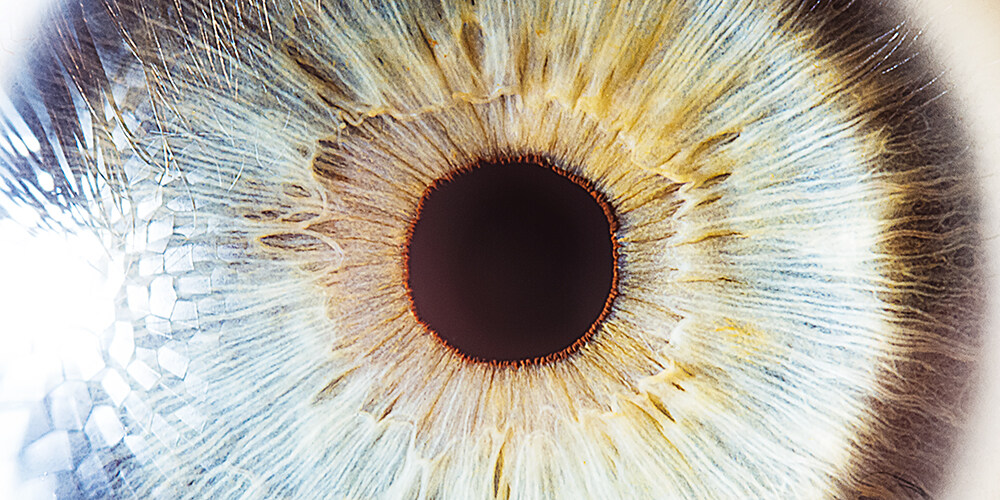

Scientists have succeeded in growing accurate replicas of human retinas that can be used to pinpoint the specific types of cells affected by genetic eye diseases. This achievement will accelerate progress in developing individual therapies. The research was reported in Cell by scientists from the University of Basel, the Institute for Molecular and Clinical Ophthalmology Basel, and the Novartis Institutes for BioMedical Research.
The research team led by Botond Roska, Professor at the University of Basel and Director of the Institute of Molecular and Clinical Ophthalmology Basel (IOB), has been working the past six years towards creating functional human retinas in a dish. The artificial tissue they now succeeded to grow is referred to as an organoid, because it has features of the human organ – including the disease parameters of individual patients. To cultivate the mini-organs, the researchers only needed skin or blood samples from the patients.
New method to compare organoids and retinas
“Our organoids are special because, like the human retina, they have a layered structure and react in the same way to light,” explains Cameron Cowan, a senior researcher in the IOB Human Retinal Circuit Group and a first author of the paper.
A comparison of organoids with retinas from multi-organ donors confirmed the strong similarities. “We show that after 38 weeks in culture, the duration of a typical human pregnancy, our organoids contain many of the same cell types as an adult human retina,” says Professor Botond Roska. These comparisons were made possible by the high quality of the donated retinal tissue. “For the first time, we were able to maintain human retinas in a functional, light-sensitive state after death.”
Personalized treatments
Moreover, the researchers showed the high value of organoids for therapy development by demonstrating that retinal diseases map to the same sorts of cells in the organoids and real retinas.
“We can grow retinal organoids from a patient’s blood or skin samples and use those to develop treatments in the laboratory that are tailored to that individual patient,” says Magdalena Renner, Head of the IOB Human Organoid Platform and also a first author of the paper.
The research successes will accelerate the development of new therapies for blinding retinal diseases.







































